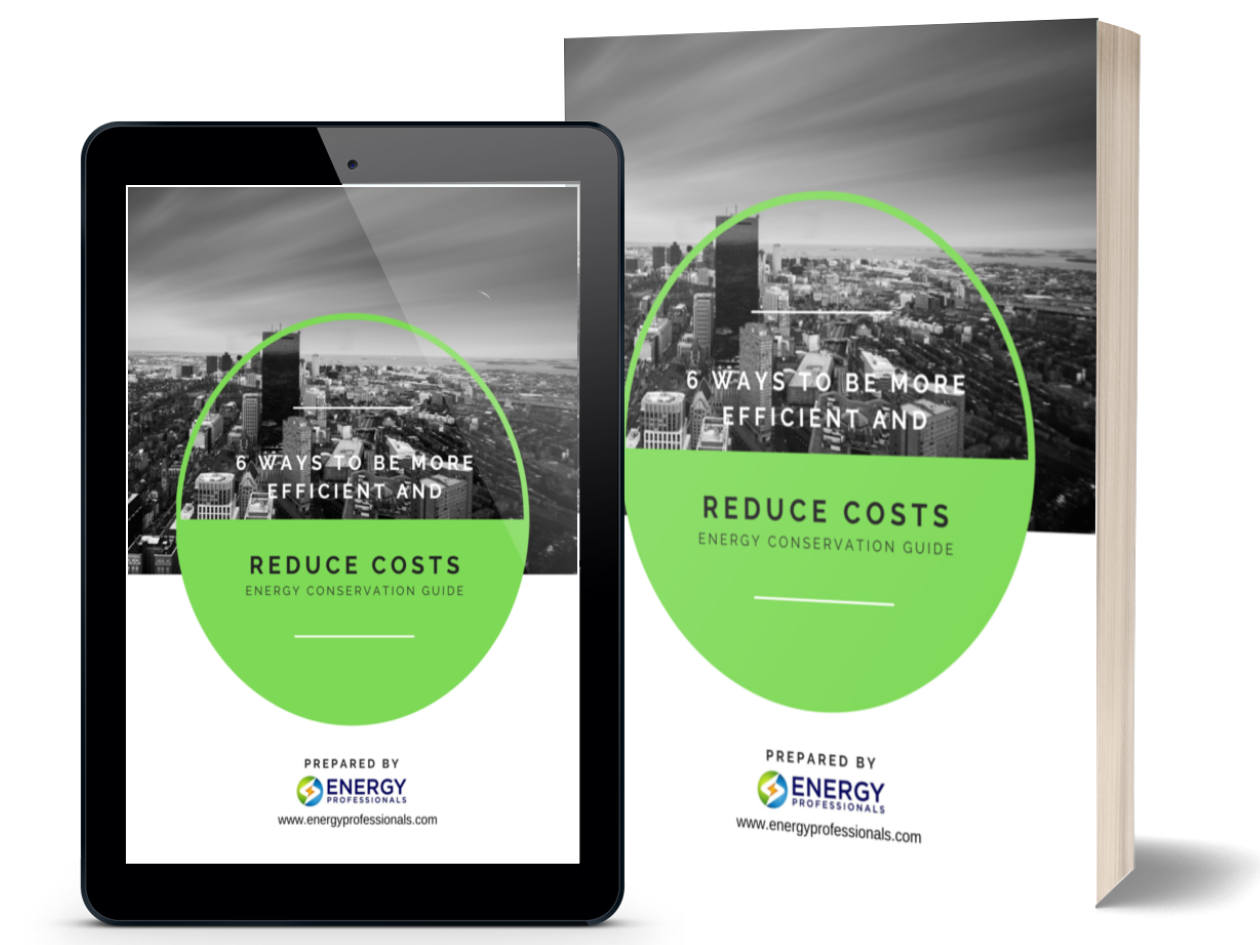Is Natural Gas Returning to a Period Similar to 2001 to 2011?
In my March 7th Energy Update I said early in the 21st century, we experienced higher Natural Gas prices and

In my March 7th Energy Update I said early in the 21st century, we experienced higher Natural Gas prices and
In my March 7th Energy Update I said early in the 21st century, we experienced higher Natural Gas prices and extreme volatility prior to fracking giving us sufficient supplies to meet our energy needs, but over the last 10 years, we were blessed with a period of lower prices with fracking giving us enough supplies to meet our energy needs.
In my Mar 30th Energy Update, I asked what were the potential consequences of the present administration’s long-term commitment to green energy?
In my Mar 7th Energy Update I said the present administration’s energy policies have led to decreased production and skyrocketing Natural Gas and Gasoline prices, and if we move away from a long-term commitment to fossil fuels we were in danger of returning to the period of higher prices and extreme volatility prior to fracking from 2001 to 2011.
In today’s report, I explain why recent events increase the probability we will return to a period similar to 2001 to 2011 characterized by higher Natural Gas prices and extreme volatility.
Russia’s invasion of Ukraine clearly impacted the flow of Natural Gas to Europe leading to the most recent spike in energy prices. But as I said in my March 7th Energy Update since the beginning of last year, there was a great risk our energy prices would increase due to the present administration’s restrictive energy policies, aggressive fiscal spending, and quantitative easing by the Fed, leading to systemic inflation in the U.S.
All of these factors were in place long before Russia invaded Ukraine and with energy prices surging after the invasion many hoped the present administration would at least temporarily respond to surging energy prices and institute less restrictive fossil fuel policies to promote increased production.
But instead, the Biden administration’s budget proposal for 2022/23 contained 11 tax hikes on the Oil and Gas industry, including eliminating tax credits and tax deductions for intangible drilling costs, and low-production wells that enable small producers in the United States to produce Oil. Obviously removing these deductions will likely result in lower domestic output and adversely affect the already high Natural Gas and Oil prices. The Biden Administration attempted to justify their cuts on the fossil fuel industry by saying they were needed to help cut the budget by approximately 4 billion dollars.
But this makes no sense when at the same time, they increased the budget deficit by proposing large increases in green energy subsidies including providing other nations with 11 billion dollars to fight climate change—more than 10 times the amount they spent in fiscal 2022, which will increase the budget deficit.
The fact that in the midst of an energy crisis the present administration is proposing subsidies for nations outside of the United States to fight climate change while cutting subsidies for fossil fuel production in the midst of an energy crisis is disheartening and supports, why I believe recent events increase the probability we are in danger of returning to a period similar to 2001 to 2011, which was characterized by higher Natural Gas prices and extreme volatility.
Commodity markets are forward-looking and the administration’s response to the present energy crisis explains why Natural Gas prices have continued to surge higher since my March 30th Energy Update:
Unfortunately, the administration’s unrelenting commitment to green energy increases the probability over the next three years we are entering a period of great uncertainty resulting in wild swings in energy prices, and securing fixed rates when prices pull back will be in your best interest.
Therefore, as I wrote in my Mar 30th Energy Update, the timing of executing hedges has become paramount to the effectiveness of your energy policy. Those who heeded my recommendations to secure a long-term fixed rate before rates moved higher are paying less than today’s available rates. But if you have not already secured a long-term fixed rate, you may have an opportunity to do so in the near future.
Commodity markets tend to follow seasonal patterns and we may be close to a seasonal pullback during Natural Gas’s spring shoulder period. The demand for Natural Gas and Electricity declines during shoulder periods before again increasing during the summer cooling and winter heating seasons.
The Biden Administration’s proposed budget delayed the hoped-for near-term pullback, but after the present surge runs its course, we will likely experience a quick and equally sharp pullback, and if we do, I recommend taking advantage of the near-term decline. And hopefully, today’s report helped you appreciate why it would be important to do so.
Not every client’s risk tolerance and hedging strategy are the same, but the above report will help you put into perspective the risk/reward opportunities. I invite you to call one of our energy analysts to help you plan a hedging strategy appropriate for your situation.
Ray Franklin
Energy Professionals
Senior Commodity Analyst


Don't have one? You can get one by calling us at 855-4-PKIOSK.
Energy Professionals is committed to finding its customers the best possible rates on electricity and natural gas. Tell us your location and service type and our energy manager will connect you to the most competitive offers.
Switching to an alternate supplier is easy. There is no chance of service disruption, and you'll continue with your current utility for energy delivery and emergency service. Take a few minutes to discover your best offers, and enjoy the benefits of retail energy in your home or business.
1. Energy Type
2. Service Type
3. Zip Code
4.Local Company
5.Zone
We believe that knowledge is power. Here’s a free e-book that provides business solutions to reducing energy costs.
Download E-Book Free Energy Audit




